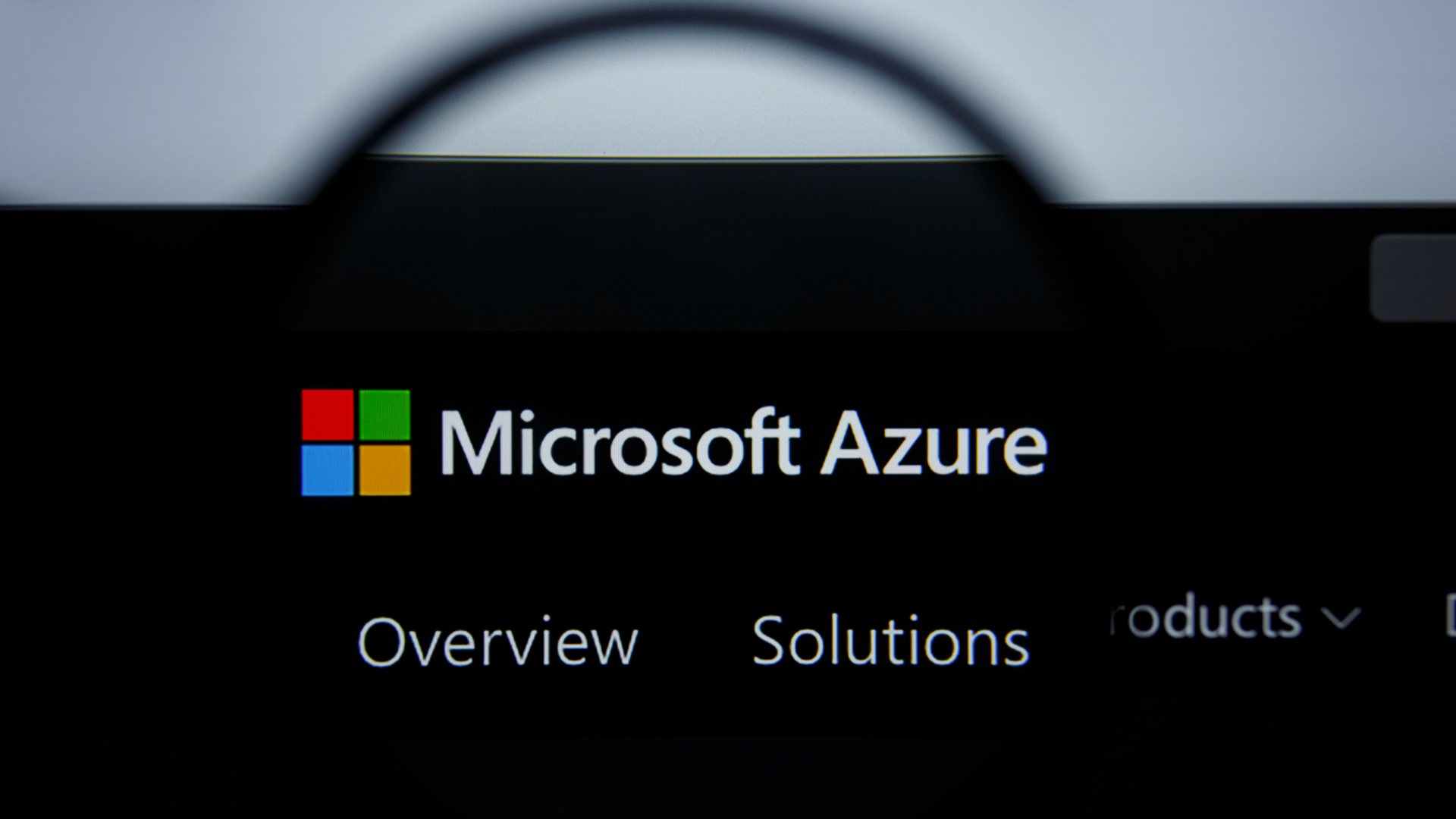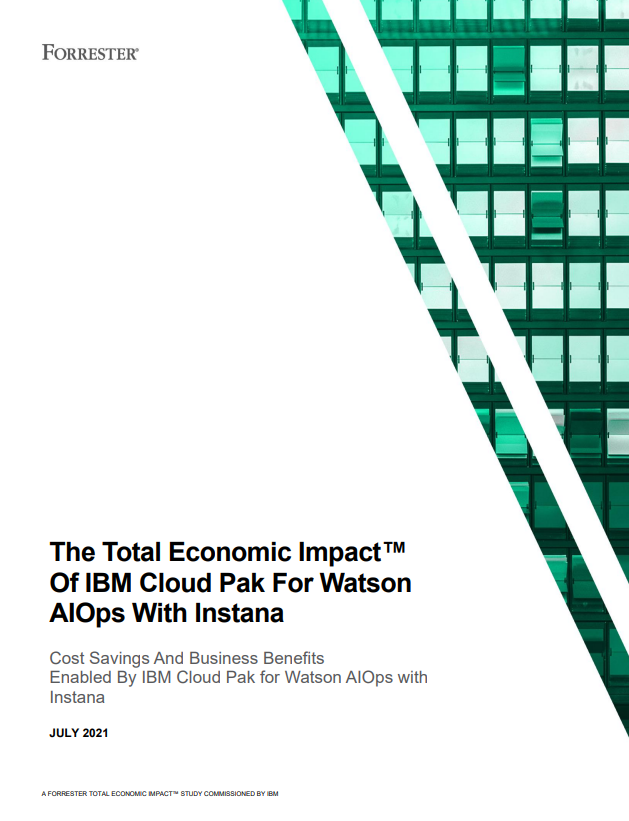Microsoft announces new tools to help CSPs go cloud native
Telcos stand to benefit from a number of AI and ML tools on Azure, which seek to boost rollout and network stability


Microsoft has announced the public preview of new cloud tools to boost the adoption of cloud-native 5G, run network functions such as vRAN, and manage subscriber data more efficiently.
RELATED RESOURCE

The Total Economic Impact™ of IBM Cloud Pak® for Watson AIOps with Instana
Cost savings and business benefits
Azure Operator Nexus is a hybrid, carrier-grade cloud platform intended to bolster telcos in running a range of network operations. It can provide the runtime necessary for carrier-grade networks, with optimised container support and failure domain scheduling support to provide scalability and long-term reliability across a core network.
Microsoft made the announcement during this year’s Mobile World Congress (MWC) in Barcelona, where it additionally announced new AIOps tools Azure Operator Insights and Azure Operator Service Manager.
The former is used to draw insights from network traffic via machine learning (ML), while the latter simplifies network configuration into one end-to-end set of operations on Azure.
Azure Operator Service Manager also combines analytics and cloud orchestration to help network operators improve efficiency and reduce downtime.
AT&T is already using Azure Operator Nexus, and the service can now expand to a range of telco customers. Connectivity firm Comtech has also announced that it will join the Azure Operator Nexus Ready Program to give its customers greater cloud flexibility.
“One of the key benefits of a hybrid cloud infrastructure is its ability to provide harmonised observability for both infrastructure and applications,” said Yousef Khalidi, corporate VP of Azure for Operators at Microsoft.
Get the ITPro daily newsletter
Sign up today and you will receive a free copy of our Future Focus 2025 report - the leading guidance on AI, cybersecurity and other IT challenges as per 700+ senior executives
“This means one can easily monitor and troubleshoot any issues that may arise, ensuring systems are running smoothly and efficiently.
“The platform collects logs, metrics, and traces from network function virtualisation infrastructure (NFVI) and network functions (NFs). It also offers a rich analytical, AI/ML-based toolset to develop descriptive and prescriptive analytics. Our goal with this observability architecture is to securely bring all operator data into a single data lake where it can be processed to provide a global-network view and harvested for operational and business insights. “
Microsoft claimed that analysis by consultancy firm Analysys Mason found that a telco looking to deploy a cloud-native 5G standalone (5G SA) network via Azure Operator Nexus could see a 38% decrease in the total cost of ownership over five years, compared to doing it on its own.
Microsoft has also launched two new services which pair with Azure Operator Nexus, and seek to empower telcos with unified AIOps run through the cloud giant’s powerful public cloud network.
Google Cloud has also used MWC as a platform to launch three new telco products aimed at cloud service providers (CSPs).
These include Telecom Data Fabric, Telecom Network Automation, and Telecom Subscriber Insights, which aim to help customers deploy, manage, and analyse networks through a hybrid cloud model.
Telecom Network Automation will allow telcos to speed deployment through automation tools grounded in Kubernetes, and has already been used by telco titan Bell Canada to restructure its 5G core network.
Telecom Data Fabric and Telecom Subscriber Insights, meanwhile, allow CSPs to form a strategy around big data analytics drawn from Google Cloud’s BigQuery architecture.
An additional update to Google Distributed Cloud Edge will now allow telcos to connect the edge of their RAN to Google Cloud.
AWS has its own service, AWS Telco Network Builder (TNB), which CSPs can use to provision networking resources based on their individual requirements. Like its rivals’ services, TNB allows customers to view and manage these networks from a centralised dashboard.

Rory Bathgate is Features and Multimedia Editor at ITPro, overseeing all in-depth content and case studies. He can also be found co-hosting the ITPro Podcast with Jane McCallion, swapping a keyboard for a microphone to discuss the latest learnings with thought leaders from across the tech sector.
In his free time, Rory enjoys photography, video editing, and good science fiction. After graduating from the University of Kent with a BA in English and American Literature, Rory undertook an MA in Eighteenth-Century Studies at King’s College London. He joined ITPro in 2022 as a graduate, following four years in student journalism. You can contact Rory at rory.bathgate@futurenet.com or on LinkedIn.
-
 Cleo attack victim list grows as Hertz confirms customer data stolen
Cleo attack victim list grows as Hertz confirms customer data stolenNews Hertz has confirmed it suffered a data breach as a result of the Cleo zero-day vulnerability in late 2024, with the car rental giant warning that customer data was stolen.
By Ross Kelly
-
 Lateral moves in tech: Why leaders should support employee mobility
Lateral moves in tech: Why leaders should support employee mobilityIn-depth Encouraging staff to switch roles can have long-term benefits for skills in the tech sector
By Keri Allan